Deck & Commander Strategies
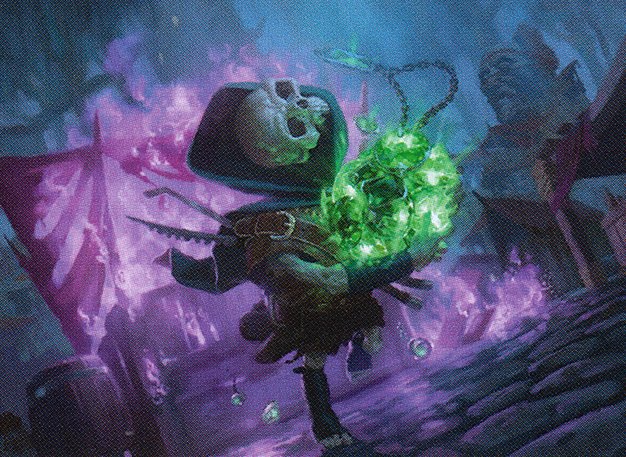
Tinybones, Trinket Thief
Leverages discard, especially opponent discard, to keep opponents’ hands empty while maintaining its own hand size, eventually winning through damage from Tinybones or a large Torment of Hailfire.

Emiel the Blessed
Utilizes ETB creature effects and synergies with Seedborn Muse to draw cards and generate value, aiming for infinite mana combos with cards like Astral Cornucopia and Altar of Dementia to produce infinite tokens and mana.
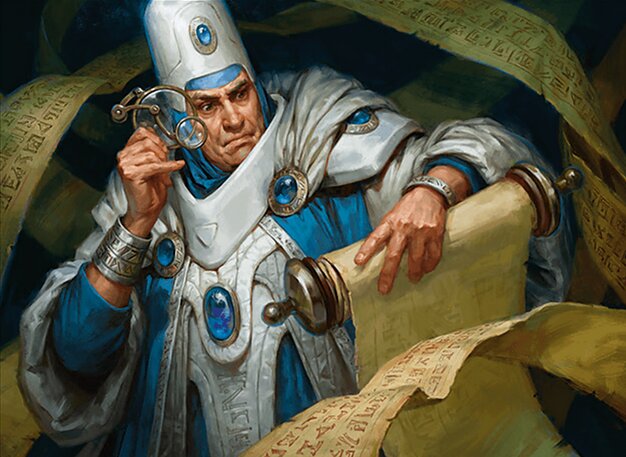
Bruvac the Grandiloquent
Focuses on milling opponents out by casting and activating Persistent Petitioners to force milling triggers, while controlling the board to protect this strategy.

Neyith of the Dire Hunt
Implements stax-style disruption using artifact and enchantment control pieces while using Neyith’s ability to generate value from creatures fighting or forced blocks, looking to win through combat damage or combo finishers like Kiki-Jiki and Shaman of the Forgotten Ways.
Gameplay Insights
- 1
Adam’s timely use of Withering Boon to counter Bruvac was crucial in delaying Jordan’s milling strategy.
- 2
Joseph’s deployment of Damping Sphere and destruction of Words of Waste via Natural State effectively slowed down opponents’ mana acceleration and enchantment threats.
- 3
Bill's use of Smothering Tithe generated significant mana advantage, though it faced direct challenge from Jordan’s mana denial tactics.
- 4
Neyith’s ability combined with forced blocks allowed Joseph to draw cards and maintain card advantage in combat phases.
- 5
Persistent Petitioners repeatedly contributed to milling triggers, exemplifying the incremental pressure Bruvac’s deck applies over time.
Notable Cards
-

Tinybones, Trinket Thief
-

Emiel the Blessed
-

Bruvac the Grandiloquent
-
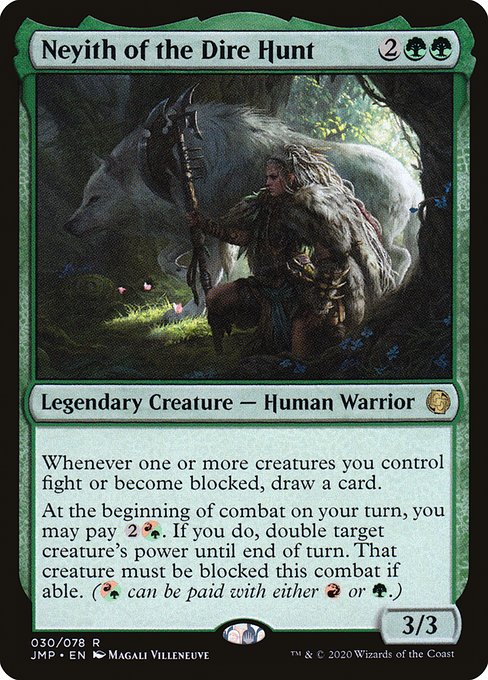
Neyith of the Dire Hunt
-
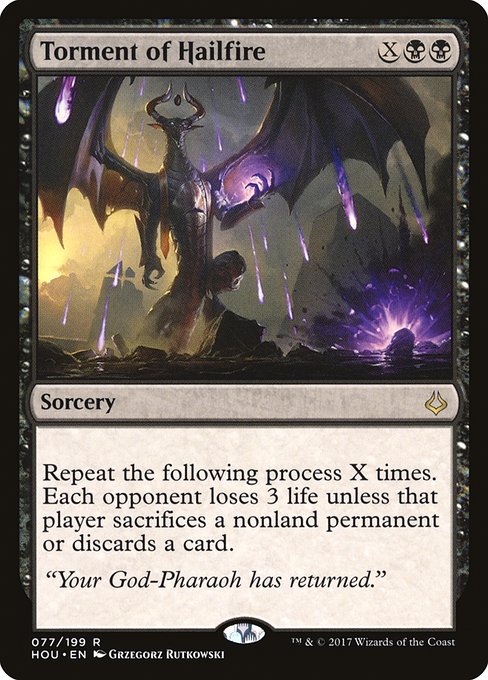
Torment of Hailfire
-
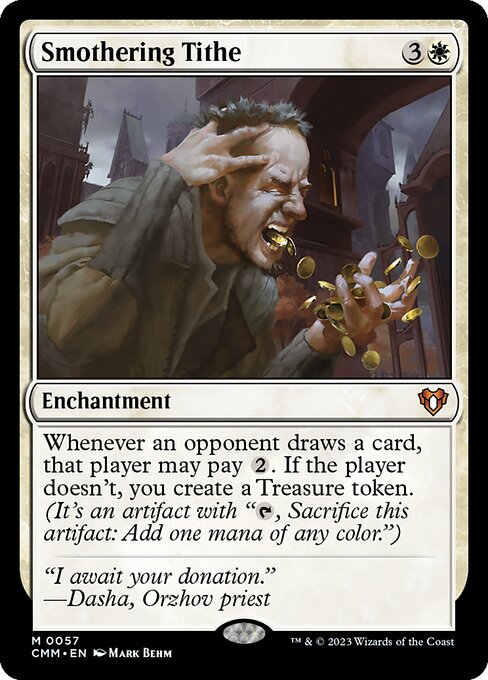
Smothering Tithe
-
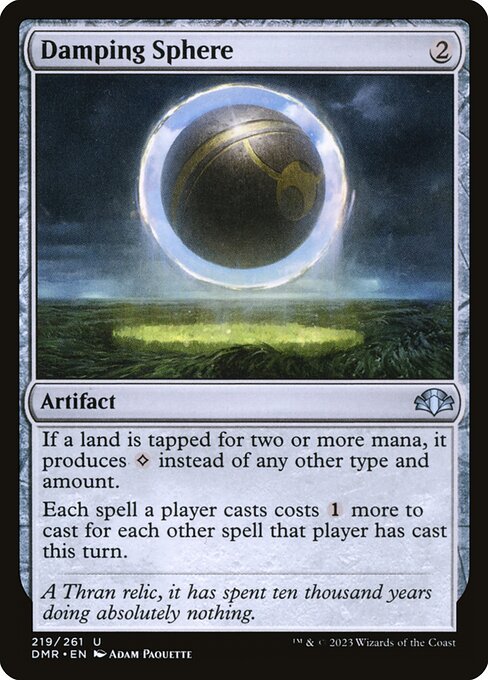
Damping Sphere
-
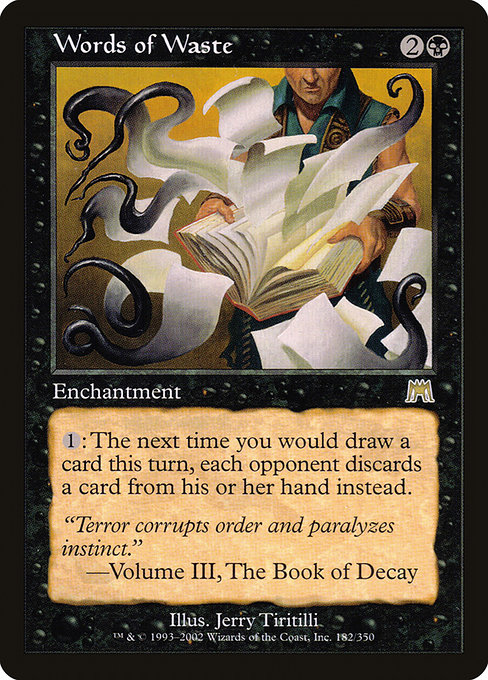
Words of Waste
-
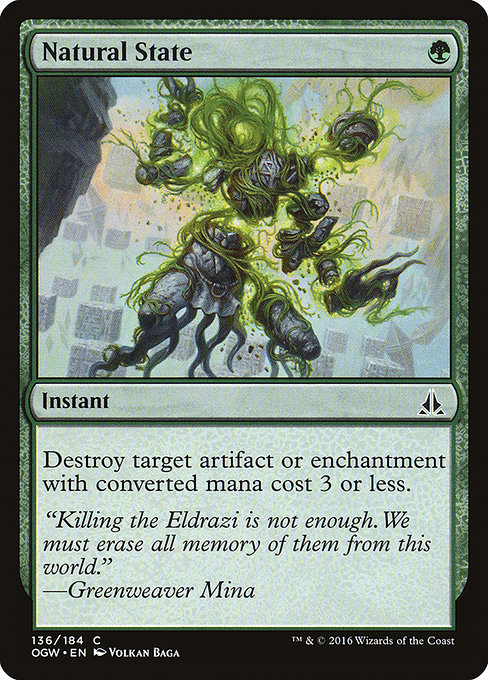
Natural State
-

Mana Crypt
-
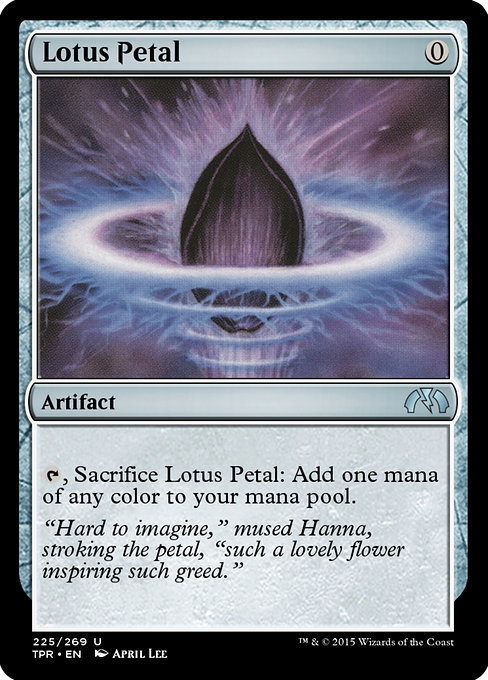
Lotus Petal
-
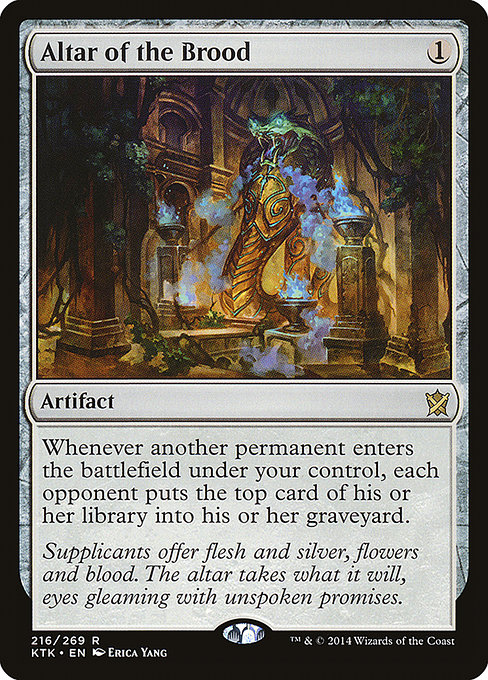
Altar of the Brood
-
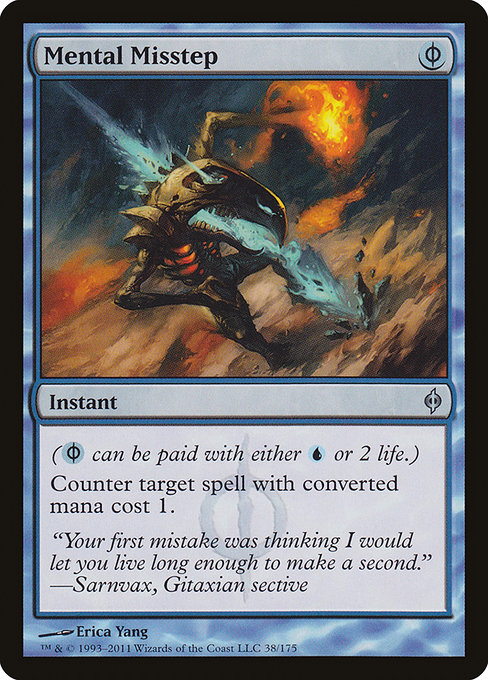
Mental Misstep
-
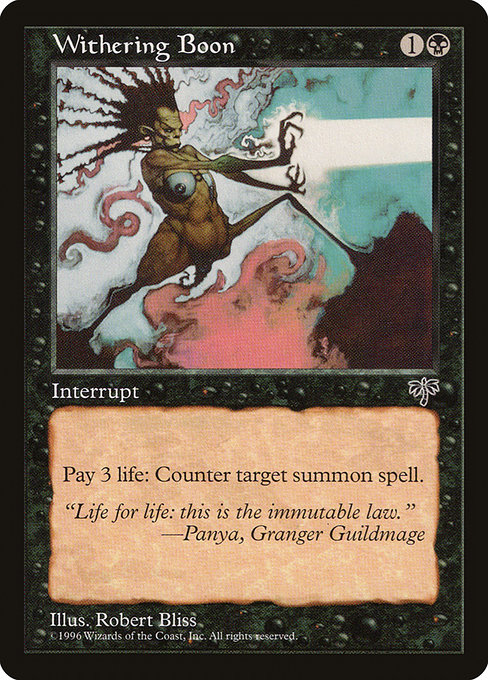
Withering Boon
-

Chrome Mox
-

Seedborn Muse
Gameplay Summary
The game began with Adam deploying Tinybones, Trinket Thief, focusing on a discard-centric strategy to deplete opponents' hands while maintaining his own resources.
Bill followed with Emiel the Blessed, aiming to capitalize on ETB creature effects and generate value with infinite mana combos.
Jordan played Bruvac the Grandiloquent, intending to mill opponents out by producing and activating persistent petitioners, while Joseph piloted Neyith of the Dire Hunt, leveraging stax elements to disrupt opponents and generate value through creature combat and potential combo finishes. Early turns saw key plays such as Adam casting Tinybones and applying early pressure through commander damage, Bill setting up ramp and value engines like Smothering Tithe, and Jordan establishing board presence with Persistent Petitioners and mana artifacts.
Joseph contributed with stax elements like Damping Sphere and utilized Neyith's ability to draw cards during combat interactions.
A critical moment involved Adam countering Jordan’s Bruvac with Withering Boon, slowing the milling plan.
Joseph also cleverly used Natural State to destroy Bill’s Words of Waste, alleviating some enchantment pressure.
The game’s pace was defined by incremental value plays, control elements, and resource denial, with players jockeying to assemble their win conditions amidst disruption and combat exchanges.














![Commander Gameplay #29 - Neyith v. Tinybones v. Chainer, Dementia Master v. Raff Capashen [MtG] thumbnail](https://i.ytimg.com/vi/kUmV7eJgMkQ/sddefault.jpg)






![Tinybones vs Purphoros vs Varina vs Oloro [EDH/Commander, Magic The Gathering Gameplay] 2021 thumbnail](https://i.ytimg.com/vi/ytJL7mHwrEk/sddefault.jpg)























